AI can simulate intelligence. But it can’t simulate experience.
That line feels especially true in telecom, where real-world complexity doesn’t bend easily to algorithms. In theory, AI can optimize routing, predict usage, and flag anomalies faster than any human ever could. But when you’re dealing with hundreds of carriers, local number regulations, and jurisdictional quirks that shift from country to country, the picture gets a lot less tidy.
Because telecom isn’t built on theory, it’s built on infrastructure, compliance, and the lived experience of keeping connections alive under pressure.
The illusion of “smart” automation
AI tools today promise everything from frictionless routing to automated fraud prevention. And to a point, they deliver. But here’s the catch: AI only sees what it’s been trained to see.
If your data doesn’t reflect the messy, inconsistent realities of the global telecom landscape, like local number portability in Italy, caller ID restrictions in France, or emergency dialing variations in the U.S., automation can become a liability instead of a strength.
You can’t train a model to “know” the nuance of a regulatory update that went live this morning in Singapore, or to recognize when a local carrier’s reporting format quietly changed. That’s the kind of knowledge that lives with people, operators, engineers, account managers, who understand both the systems and the stakes.
Global reach, local rules
In a perfect world, AI would smooth out every inconsistency across countries. In reality, every jurisdiction writes its own rulebook.
Local number compliance, lawful intercept, emergency services access, data sovereignty; these aren’t optional checkboxes; they’re fundamental to service continuity. And they vary not just by country, but sometimes by city or province.
When automation hits those boundaries, human expertise becomes the differentiator. The best telecom providers aren’t just automating workflows; they’re designing systems that account for exceptions. Because exceptions, in this business, aren’t rare; they’re the rule.
Latency, quality, and the limits of prediction
Predictive AI models love clean data and stable conditions. Telecom offers neither.
A minor routing change, a transient peering issue, or a local exchange outage can throw predictive systems off course. Latency spikes and call quality drops don’t always follow patterns, and when they don’t, no amount of AI “forecasting” can patch it in real time.
That’s where operational experience still matters. Knowing when to escalate, when to reroute, when to override, these decisions rely on judgment, not just data.
People, not just platforms
At DIDlogic, we believe in automation that amplifies human capability, not replaces it.
The future of telecom isn’t AI-driven; it’s AI-augmented. That means using automation to give experts better visibility, faster diagnostics, and more efficient workflows, while keeping real people in control of the moments that matter.
Because when a client’s voice connection drops in the middle of a critical call, what they need isn’t a model update. They need a partner who understands both the technical and human sides of communication.
Intelligence with experience behind it
The telecom world runs on relationships, trust, and resilience, things that no model can replicate.
AI can learn from data. But experience learns from consequences.
And that’s what separates companies that chase trends from those that build reliable, scalable infrastructure for real businesses.
At DIDlogic, we use technology to strengthen the human connection, not simulate it. Because in global telecom, intelligence is only as good as the experience behind it.










